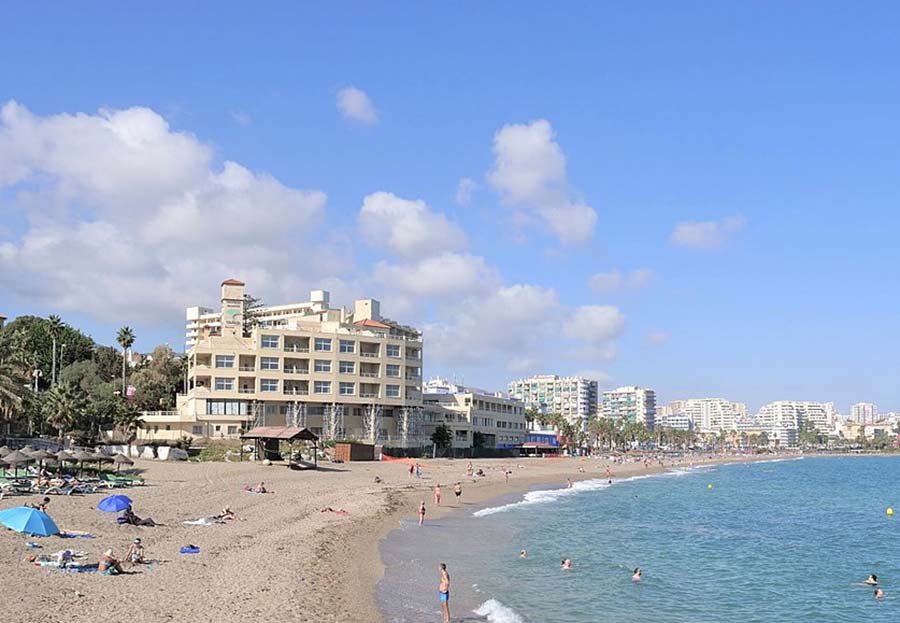читайте также
 Ten Years to a Passport: New Citizenship Rules in Portugal
Ten Years to a Passport: New Citizenship Rules in Portugal
 Top 25 World Economies 2025: Who Shapes Global Growth
Top 25 World Economies 2025: Who Shapes Global Growth
 “Season of Strict Rules”: How Cities Around the World Are Tightening Short-Term Rental Laws — And What It Means for Guests, Hosts, and Investors
“Season of Strict Rules”: How Cities Around the World Are Tightening Short-Term Rental Laws — And What It Means for Guests, Hosts, and Investors
 Turkey to Double the Tax Burden on Landlords
Turkey to Double the Tax Burden on Landlords
 Europe Calls — and Pickpockets Answer: Where Tourists Face the Greatest Risks in 2025 and How Not to Become a Victim
Europe Calls — and Pickpockets Answer: Where Tourists Face the Greatest Risks in 2025 and How Not to Become a Victim
 Thailand to Deport Russians and Crack Down on Visa Runners
Thailand to Deport Russians and Crack Down on Visa Runners
News / Reviews / Analytics / Research / Spain / Tourism & hospitality / Investments / Real Estate 28.09.2025
Andalusia is Losing Its Shores: Dozens of Beaches Could Disappear Underwater

Photo: Wikimedia
Dozens of Andalusia’s famous beaches could disappear in the coming decades, show studies by ABC commissioned by the regional government. The threat hangs over the Costa del Sol and the Cádiz coast, which attract millions of tourists every year. Risks are also recorded in other parts of Spain.
Real Losses
Climate studies show that sea levels in Spain rise on average by 2–3 mm per year, and by the end of the century may increase by 0.5–1.1 meters. This directly accelerates erosion: only between 1956 and 2016 Andalusia lost about 1,784 sq km of coastal land. Long sandy beaches suffer the most, as waves and storms wash away the shore every season.
Between Torremolinos and Málaga, annual losses reach five meters, and Greenpeace warns that by 2050 the width of many Andalusian beaches will shrink by 16–19 meters. In Catalonia, artificial beaches around Barcelona are eroding faster than they can be restored, and authorities are forced to spend millions of euros each year on sand replenishment.
Experts emphasize that the climate factor is aggravated by human activity. The construction of ports and breakwaters changes the direction of coastal currents, dams and reservoirs reduce sediment inflow, and building in dune areas destroys natural barriers. Thus, beaches lose their capacity to regenerate, and storms accelerate the process.
Alarming Forecasts
According to ABC, Marbella faces the most difficult situation: by the end of the century, the beaches Río Verde, El Faro and Nueva Andalucía may simply go under water. In Fuengirola the forecasts concern Los Boliches–Gaviotas and Carvajal, and in Torremolinos – El Bajondillo and Los Álamos. Even Málaga risks losing its popular urban recreation areas – La Misericordia, La Caleta and El Candado.
On the Cádiz coast, alarming forecasts affect Chipiona with the beaches Cruz del Mar and Camarón, as well as Rota with its La Costilla. In the provincial capital, La Victoria, Galeones and Cortadura are under threat of disappearance. Additional risks are noted in Chiclana (La Barrosa), Conil (Roche) and El Puerto de Santa María (Santa Catalina, Valdelagrana and Levante).
In the worst-case scenario, Micaela, Cruz del Mar, La Victoria, Sancti Petri, Roche, Nueva Andalucía, Boliches and Benajarafe will be on the list of losses. Experts are pessimistic about medium-term prospects as well. They believe that by 2050 the Doñana beach may lose 12.5 million cubic meters of sand. Castilla in Almonte may shrink by 7.8 million cubic meters, and Levante in El Puerto by 6.4 million.
Prospects for Tourism and Investors
The Andalusian government states that it is taking measures. Scientists propose solutions – from construction limits to dune restoration and artificial beach nourishment, but all this requires large investments and long-term planning. Meanwhile, sea level rise and climate change are becoming increasingly tangible. If today one can enjoy sangria on a Marbella beach or swim off Cádiz, for future generations these views may remain only on old postcards.
For Andalusia, beaches are not just leisure but also the main source of income. Resorts provide jobs and support the hotel and restaurant industry. Shrinking sandy shores negatively
affect the tourism sector and the regional economy as a whole.
For real estate investors, this [leech=https://www.sciencedirect.com/science/article/pii/S0964569122000102]means[/leech
] growing uncertainty and additional risks. Coastal properties have traditionally been considered the most liquid on Spain’s market, but the threat of erosion may reduce their attractiveness. A shrinking coastline affects not only tourist flows and rental returns but also the long-term value of housing. Owners may need to spend more on insurance, as well as consider possible restrictions on construction and additional environmental regulations. All this makes investment in coastal regions more costly and less predictable.
Подсказки: Andalusia, Spain, beaches, erosion, sea level rise, climate change, Costa del Sol, Cádiz, tourism, real estate





